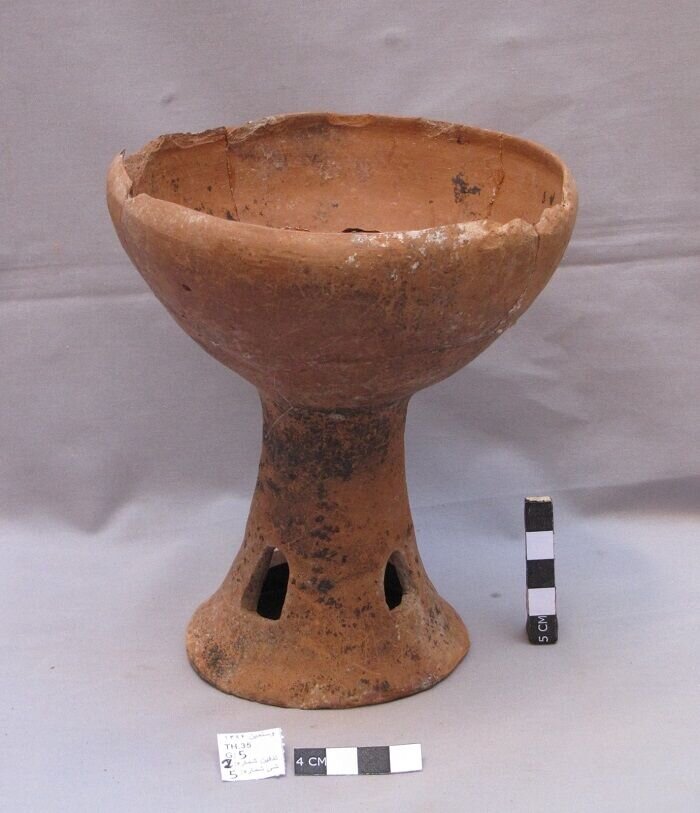Eleven Iranian earthenware made national heritage

TEHRAN – Eleven moveable properties, all historical earthenware belonging to Iran’s Mazandaran province, have recently been inscribed on the national heritage list.
The Ministry of Cultural Heritage, Tourism and Handicrafts officially announced the inscription on Thursday in a letter to the governor-general of the northern province.
Clay utensils including jugs, pitchers, and cups, which are being kept in Sari’s City History Museum are the new items added to the prestigious list.
An early civilization flourished at the beginning of the first millennium BC in Mazandaran (Tabarestan).
Its insecure eastern and southeastern borders were crossed by Mongol invaders in the 13th and 14th centuries. Cossacks attacked the region in 1668 but were repulsed. It was ceded to the Russian Empire by a treaty in 1723, but the Russians were never secure in their occupation. The area was restored to Iran under the Qajar dynasty.
The northern section of the region consists of lowland alongside the Caspian and upland along the northern slopes of the Alborz Mountains. Marshy backlands dominate the coastal plain, and extensive gravel fans fringe the mountains. The climate is permanently subtropical and humid, with very hot summers.
ABU/AFM
Leave a Comment